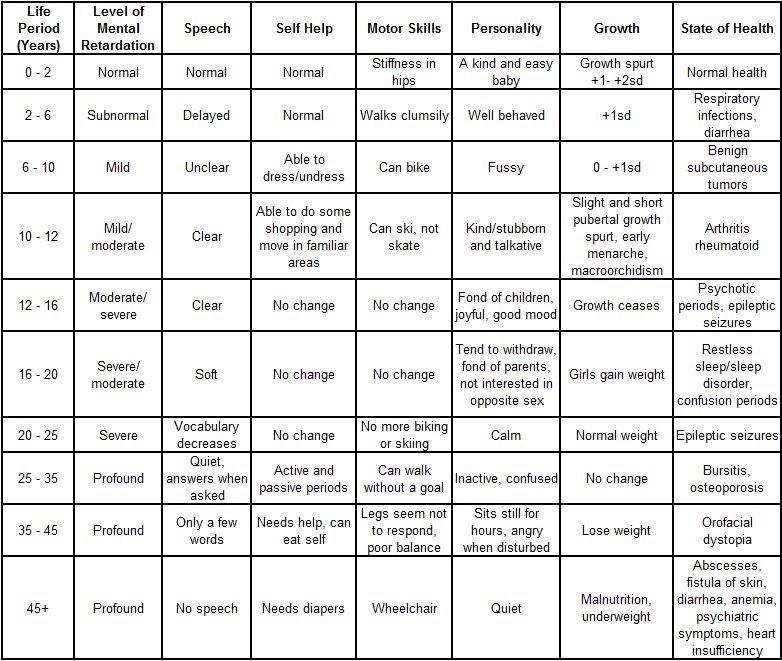Medical resources
Aspartylglucosaminuria (AGU) is a rare genetic, autosomal recessive disease that belongs to a group of metabolism diseases with inborn errors containing the following designations: OMIM #208400, 2021 ICD-10-CM Diagnosis Code E77.1, and ICD-11 Code 5C56.2. Aspartylglucosaminuria is part of a group of ~50 different lysosomal storage disorders. The symptoms of Aspartylglucosaminuria are caused by a malfunction of a lysosomal enzyme necessary to breakdown glycoproteins.
Most of the reported medical information on AGU involves Finnish patients, due to the effect of one major Finnish mutation. Over 30 different mutations in patients of non-Finnish ancestry were reported in 2001, and more are discovered every year. Patients with different mutations can have completely different symptoms, as well as milder or more profound symptoms, compared to patients with the Finnish mutation.
In general, pregnancy and infancy are normal and all babies look healthy. Once born, girls may have umbilical and boys may have inguinal hernias. Babies and toddlers have above average respiratory infections and long periods of diarrhea. Early growth spurts usually occur during the first months of life.
Delayed speech, attention deficit, clumsiness, restlessness, continued respiratory infections, and long periods of diarrhea are present in most of the preschoolers.
Intellectual disabilities progressively worsen in adolescence. Most people with this disorder lose much of the speech they have learned, and affected adults often only have a few words in their vocabulary. Adults with AGU may develop seizures or problems with movement.
Clinical Signs
AGU babies look healthy and infancy is normal. Once born, girls may have umbilical and boys inguinal hernias, as well as respiratory infections and periods of diarrhea. Early growth spurts usually occur during the first months of life. Initial symptoms are language/speech delay and clumsiness, which appear between two and five years of age.
There may be recurring infections. As the disorder progresses, language skills are affected the most. Children continue to develop until their early twenties, but the learning occurs at a slower rate.
The usual diagnosis for a school age child is ADHD, autistic spectrum disorder and/or language/auditory processing disorders.
Intellectual disability progressively worsens in adolescence. Most people with this disorder lose much of the speech they have learned and affected adults usually have only a few words in their vocabulary. Adults with AGU may develop seizures or problems with movement.
All patients excrete early large amounts of aspartylglucosamine in their urine. Biochemical screening tests are easily done by urine chromatography in certified labs only. Genetic testing can prove the diagnosis at the following Labs.
Typical development (Finnish AGU patient profile) (development varies in patients with different AGA gene mutations):
Historical research

